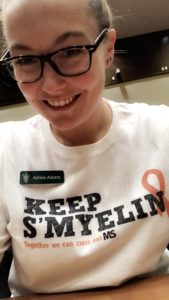I think we can all agree that this summer has been… slightly out of the ordinary. In my community, I have sadly witnessed several businesses that have been forced to close their doors with no reopening in sight.
When it comes to animals though, their health cannot be put on hold. I was extremely fortunate to be able to maintain my position in a veterinary clinic during these past few months. Despite the overwhelming hardship that this pandemic has caused, we have been given the invaluable opportunity to use a bit of creativity and see patient care from a whole new perspective.
At my hospital, we have been offering “curbside service” for our clients and patients. Aside from the brief acquiring and return of the pet, all of our communication with the owners has been over the phone – from getting the history, to the doctors sharing their findings, even receiving payment for the services, while the animals are the only ones allowed inside. Although challenges with this are inevitable, I have witnessed so many more successes.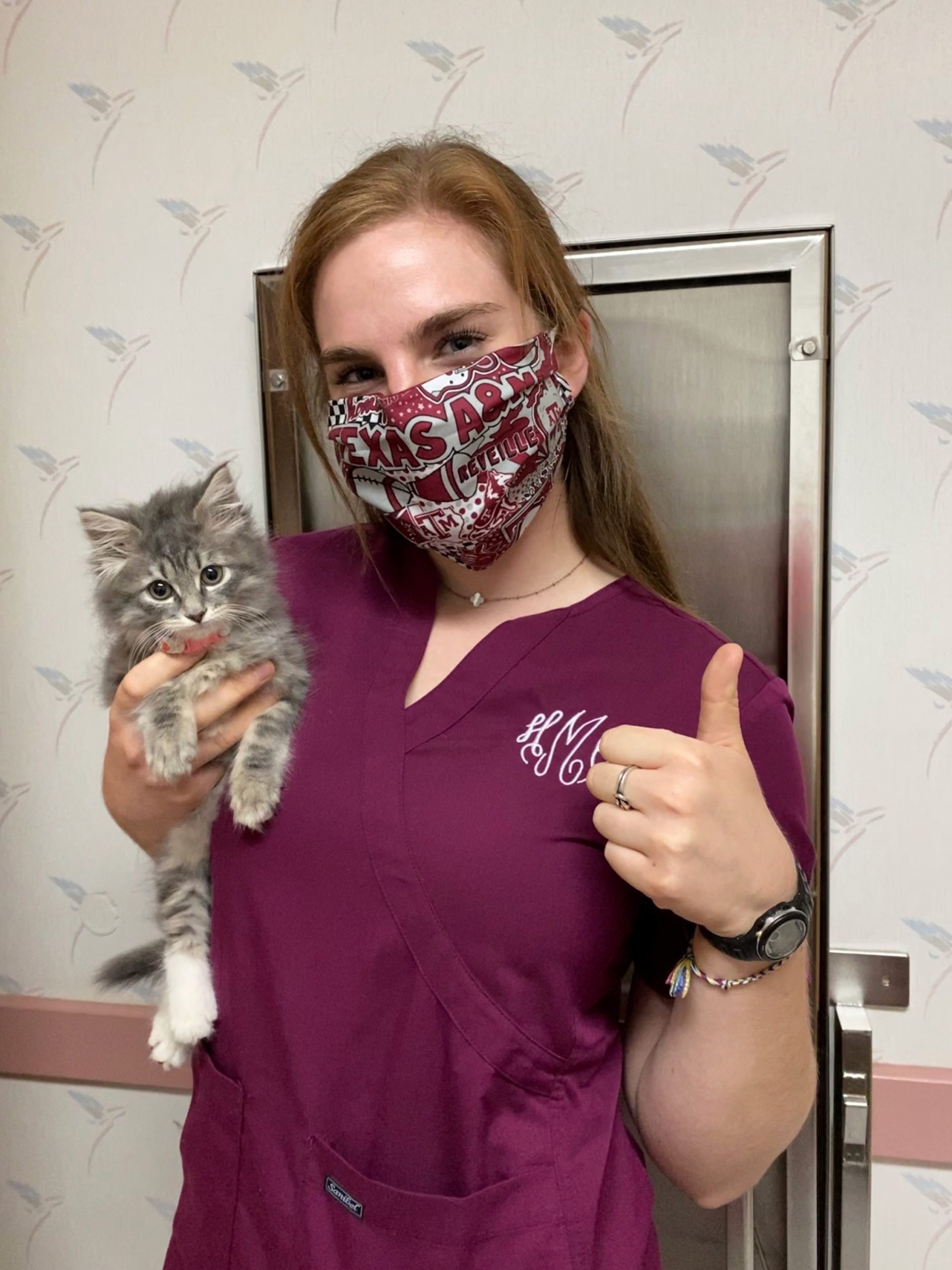
It can be very scary giving your beloved pet to a stranger and not being right by their side in a stressful environment. Yet from this, we are reminded of the importance and value of trust from the owners. Our clients are putting the life of their child into our hands, and we are so honored to be able to care for them amidst the craziness of the world around us. Additionally, these new operations have enabled us to strengthen our bond as a team. In the brief opportunities that I get to catch my breath in between running around and speaking over the phone, I marvel in the help and support that is always evident in the clinic, despite the stressors. Even though things might look a little different right now, and we greatly miss our typical client interactions, we are still here to enhance pets’ lives, one patient at a time.


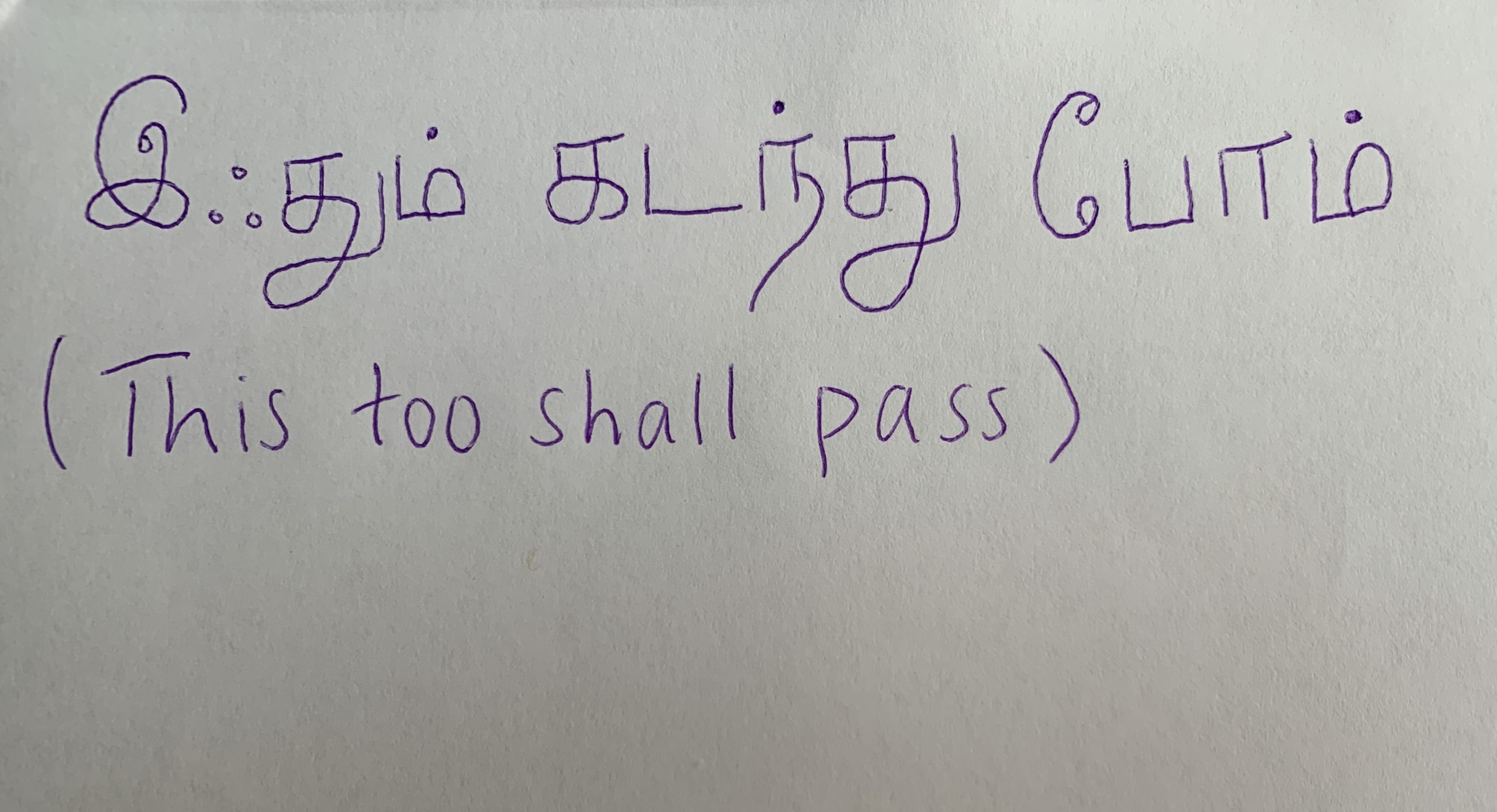
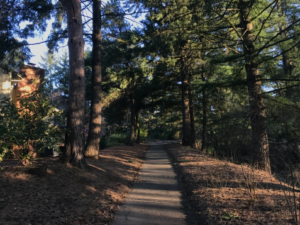 Day-to-day life as a student looks a little bit different for everyone. Many of my classmates, myself included, are in their hometowns to be close (albeit socially distanced!) to loved ones. I am currently living with my partner and his roommate in Oregon.
Day-to-day life as a student looks a little bit different for everyone. Many of my classmates, myself included, are in their hometowns to be close (albeit socially distanced!) to loved ones. I am currently living with my partner and his roommate in Oregon.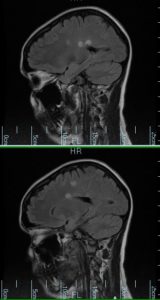 Over Christmas break, I had a migraine and right-sided persistent numbness. I spent four days in the hospital undergoing MRI’s, CT scans, and a spinal tap until my diligent doctors concluded that I
Over Christmas break, I had a migraine and right-sided persistent numbness. I spent four days in the hospital undergoing MRI’s, CT scans, and a spinal tap until my diligent doctors concluded that I